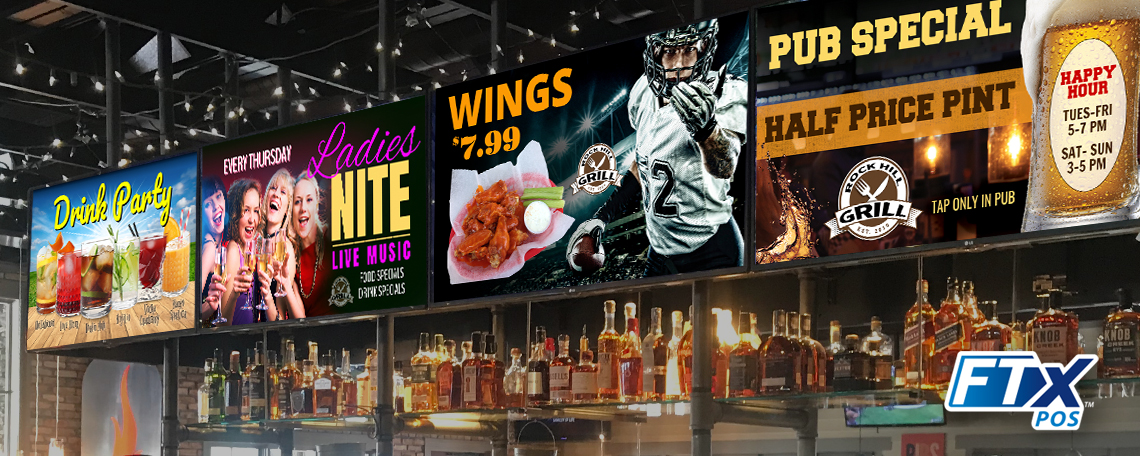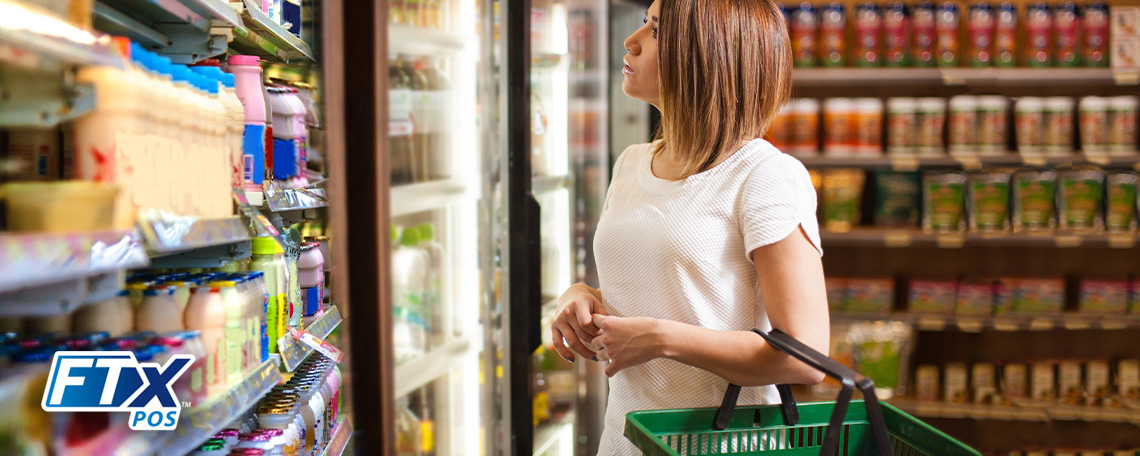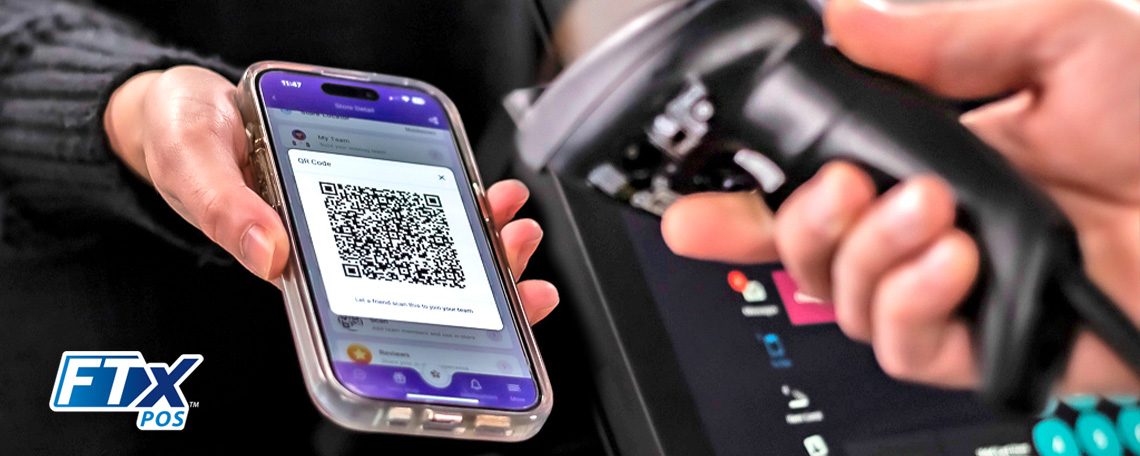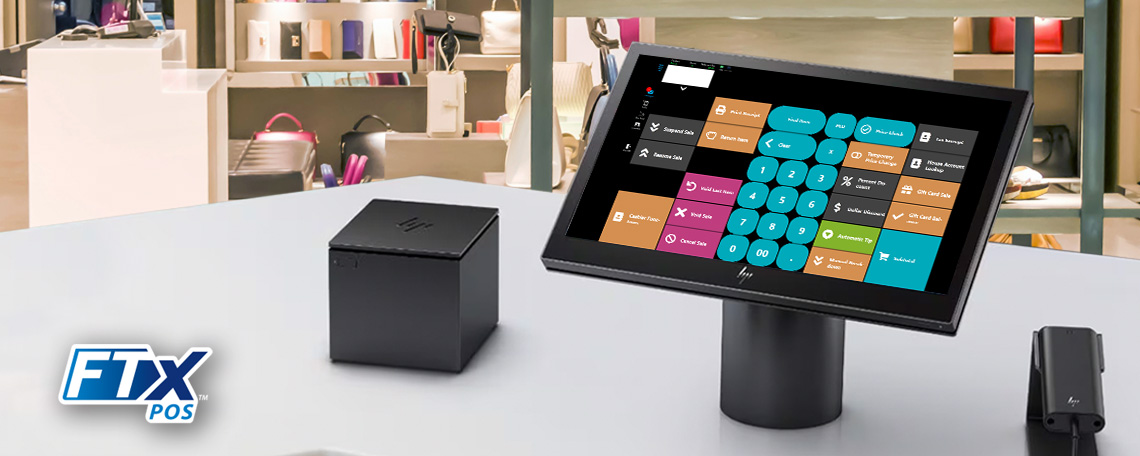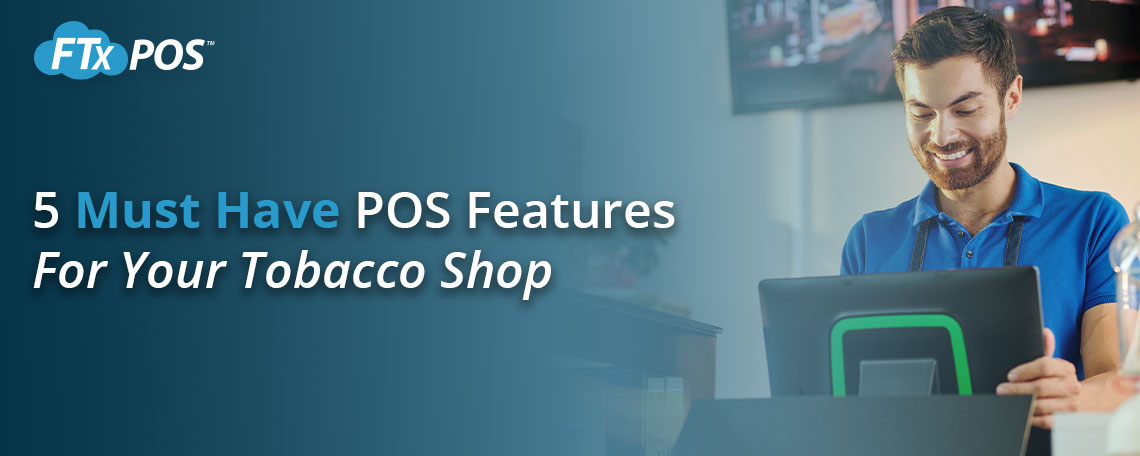- Inventory Secrets
Ecommerce Inventory Management: A Guide to Keeping Your Online Store Stocked
For growing online stores, ecommerce inventory management can make or break the operation. Poor inventory management causes numerous problems for ecommerce sellers: Stockouts, long order lead times, overselling, etc. And this often leads to ecommerce business killers like customer ratings and cash flow issues. The…
Read More